How a Detroit healthcare organization is helping those struggling with addiction find hope
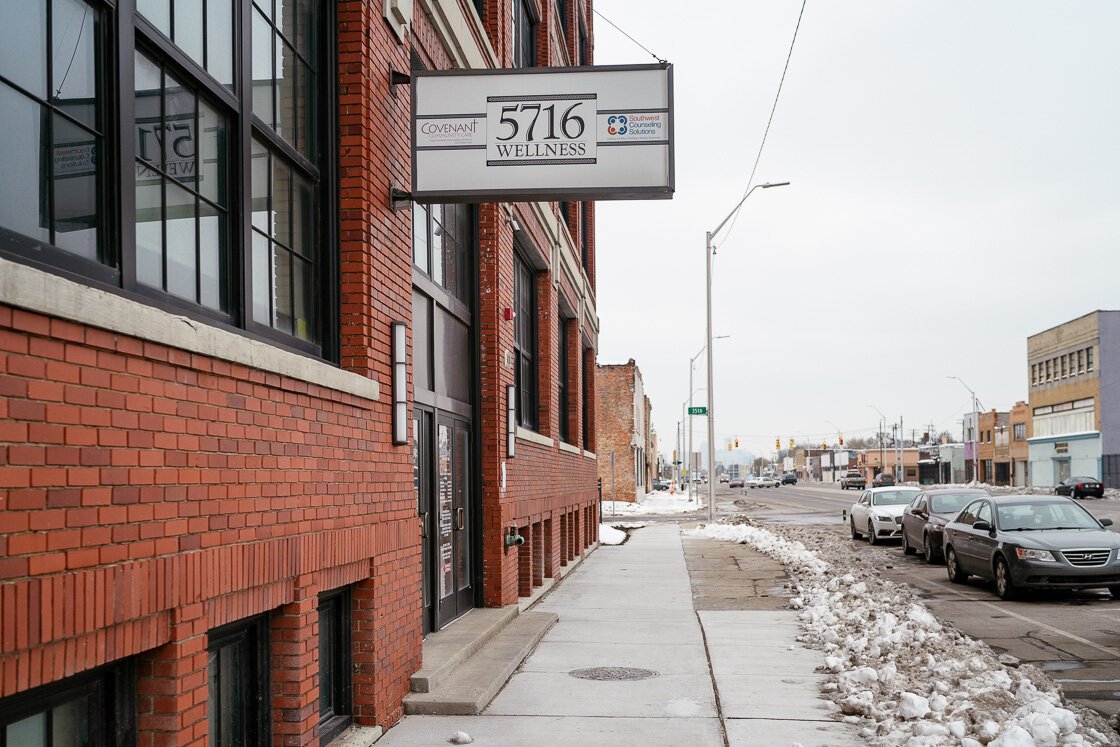
-
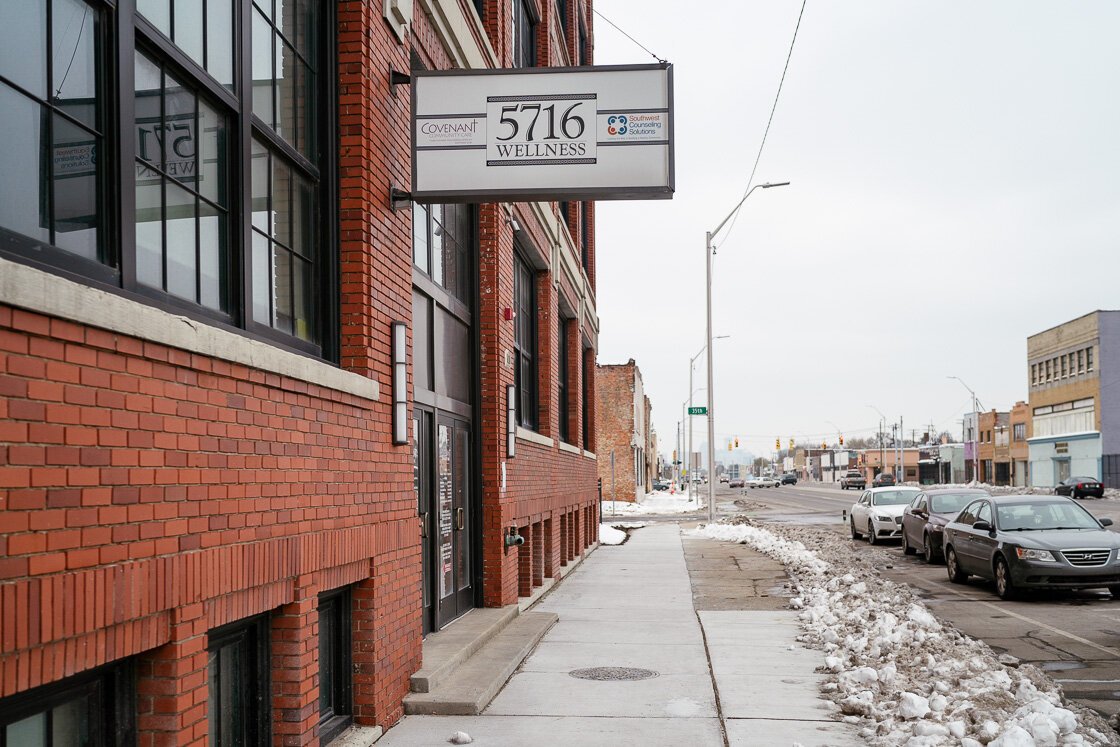
Integrated health clinics like Covenant aim to remove the stigmas associated with addiction and mental health by providing holistic health care at one location. Nick Hagen -
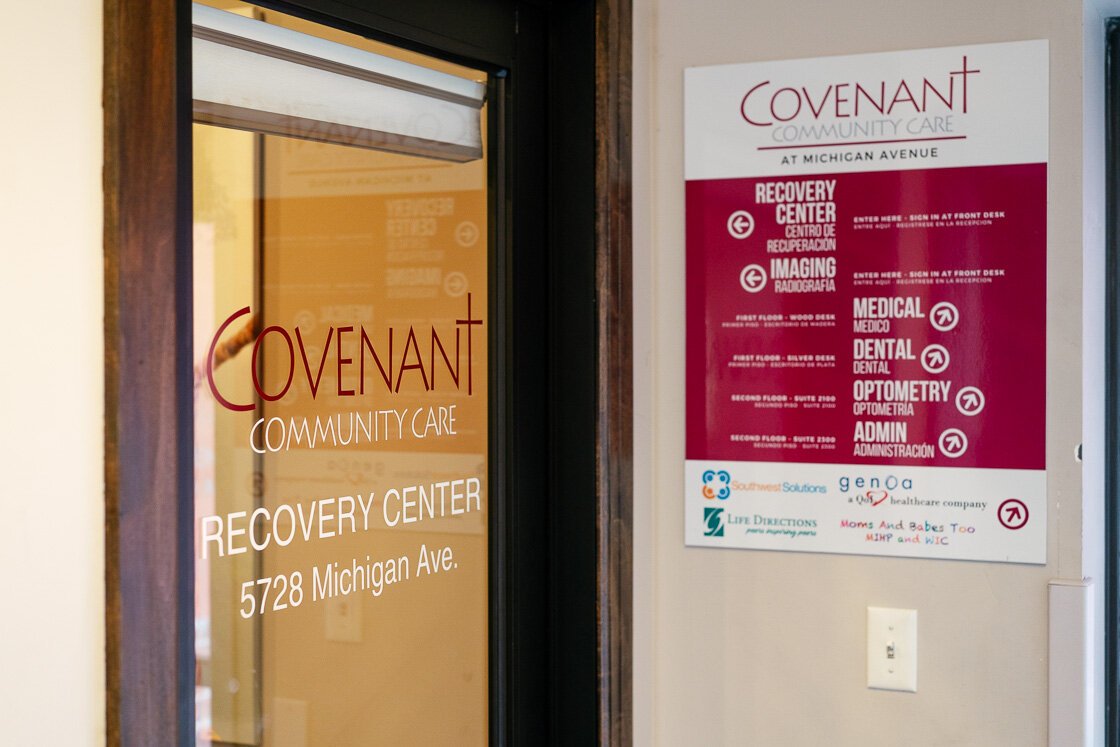
In response to Detroit’s opioid crisis, Covenant opened its Recovery Center in 2017, dedicated to helping individuals break free from addiction, yet it operates with the understanding that there’s no one sure way to do that. Nick Hagen -
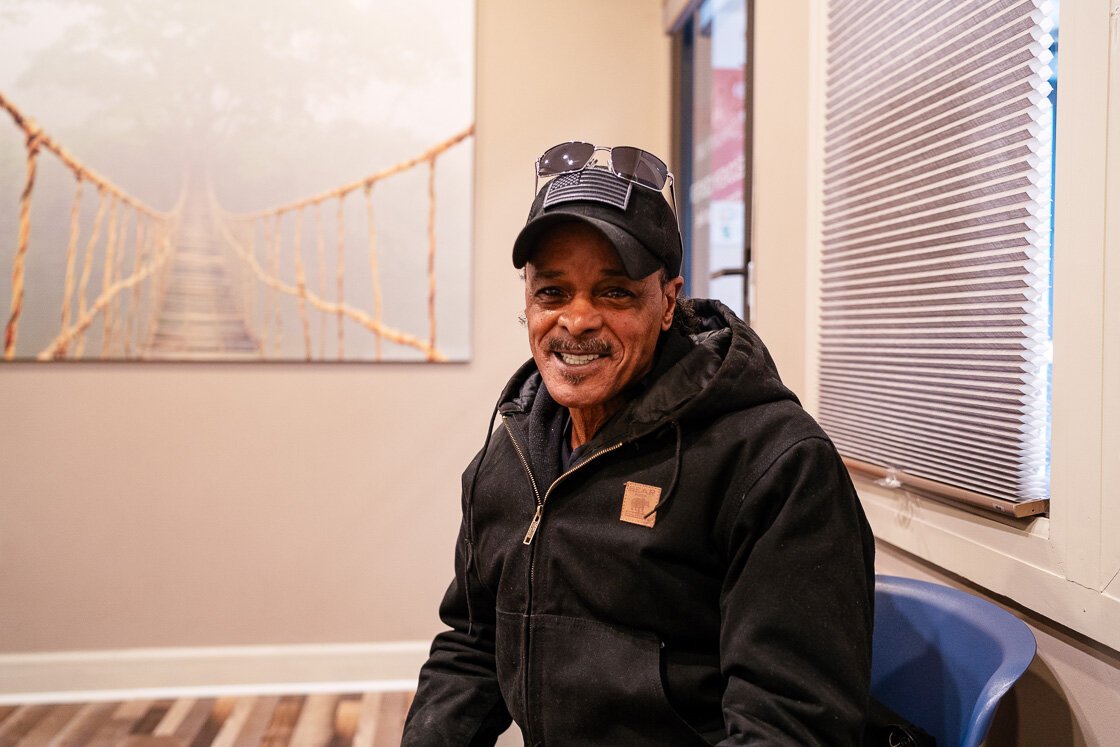
“I was weak,” Ellis Burt says. “The old me would think, ‘you can mess with this, it’s not gonna hurt you.' ” Nick Hagen -
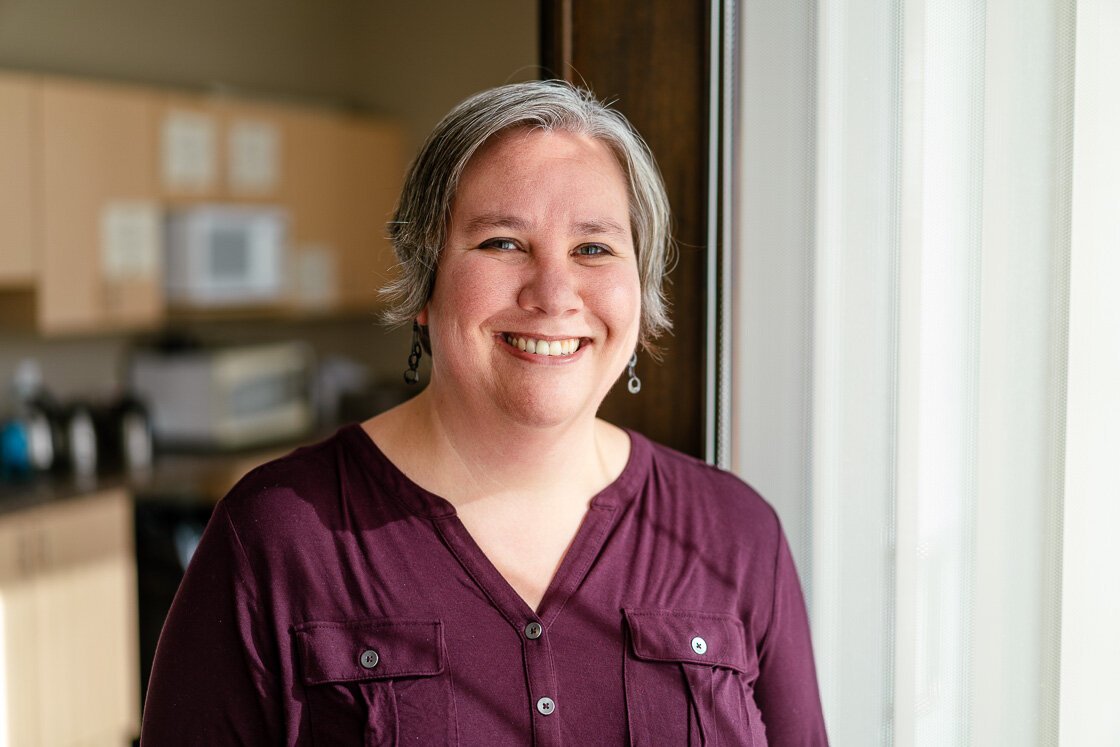
Substance abuse is a chronic disease, but it's sometimes perceived as a "moral issue,” says Anna Licavoli, behavioral health director for Covenant. Nick Hagen -
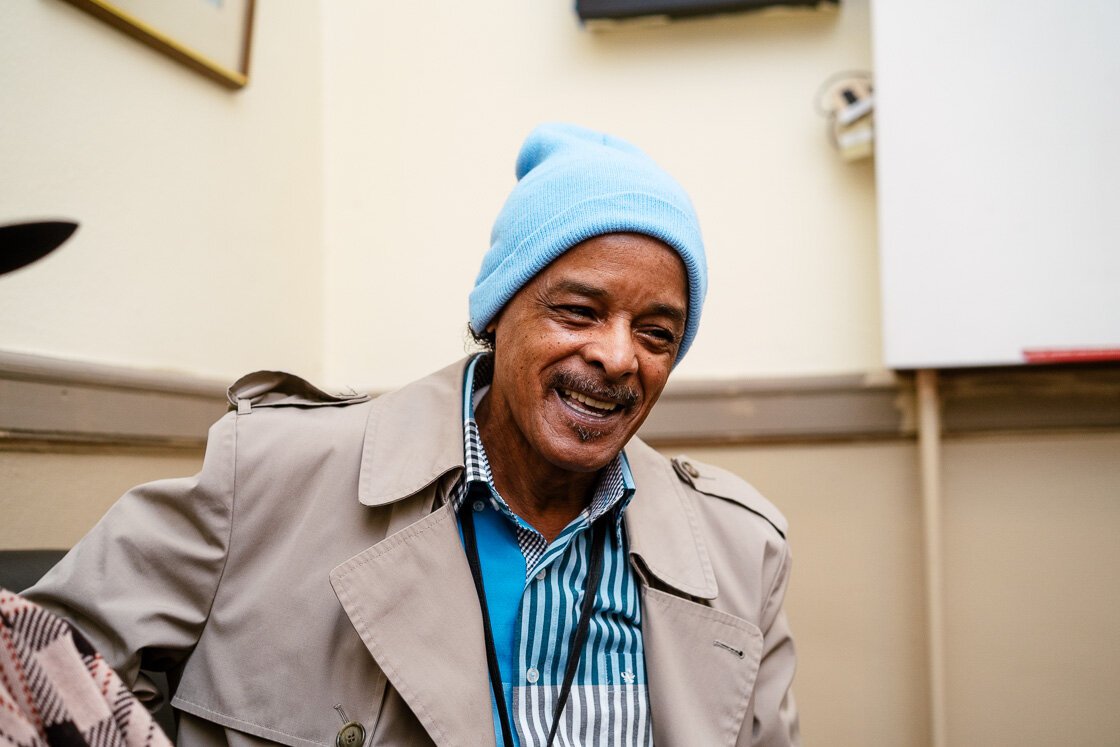
“I want to try and give back and help other people struggling with addiction.” Ellis Burt says. “To reach out like (Covenant) reached out and saved my life.” Nick Hagen -
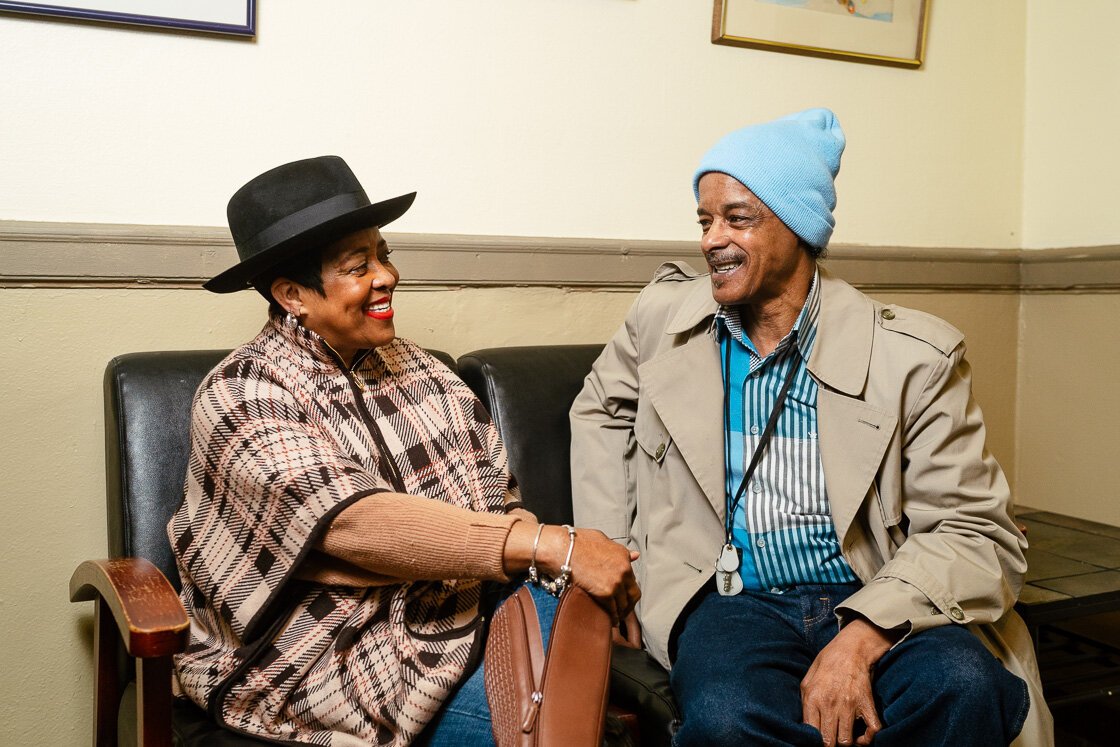
Covenant coach Janet Threatt and Ellis Burt at the NOAH Project. Threatt would see Burt at NOAH, usually by himself, and ask him if he wanted to get well. At the time he wasn’t ready, but he appreciated being noticed. Nick Hagen -
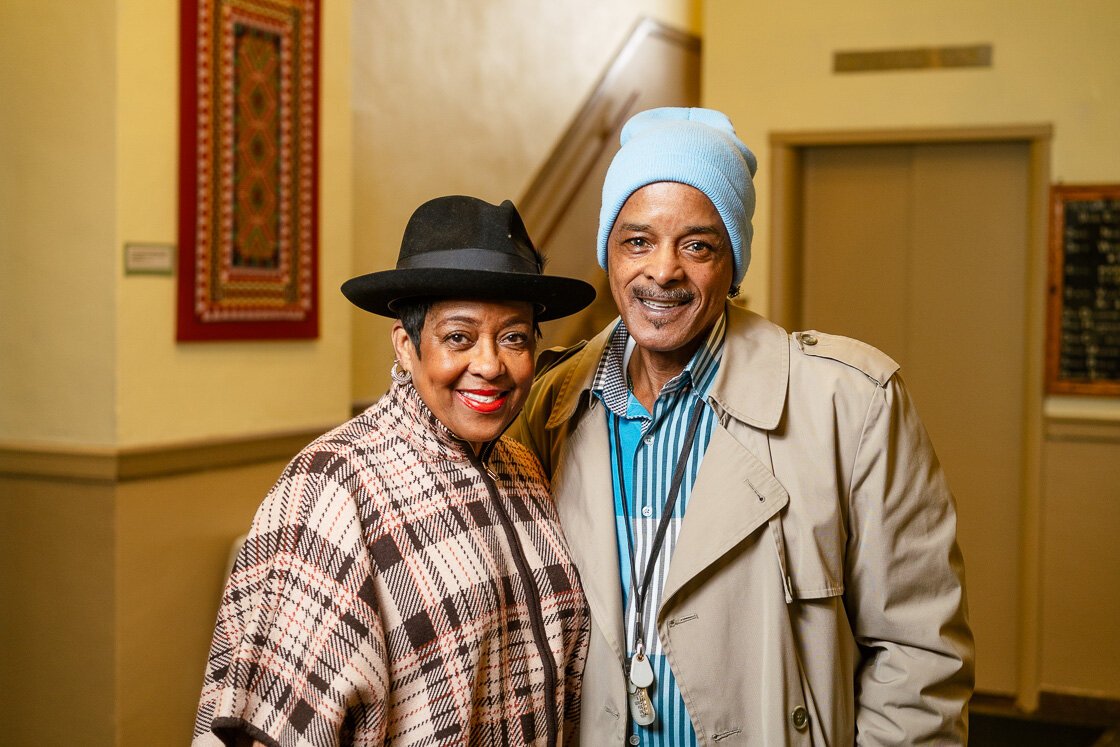
Covenant coach Janet Threatt and Ellis Burt at the NOAH Project. Burt told Threatt that when he was ready to get clean, he'd give her the thumbs-up. And in September 2017, he finally did. Nick Hagen -
.jpg?s=p)
Located inside Central United Methodist Church near Detroit’s Comerica Park, the NOAH Project offers free bag lunches, shelter placement, housing assistance, and basic medical care.
Ellis Burt was in deep with the "dope man."
He wasn’t even really getting high anymore, just putting down enough to not get sick. Even that wasn’t working when there wasn’t dope on credit to be had. His body felt terrible most of the time, and some days, he says, he’d have rather been dead. On others, he was terrified this might come true.
Burt's dealer was getting edgy— he wanted his $1,200 paid. You’re never getting out of this hole, he’d say, angrily.
Burt worried constantly about getting some bad drugs. Then he worried about getting sick from no drugs at all. Each month he handed over the majority of his disability check to keep fixes coming in, and then tooted the payments almost as quickly as he made them.
This kind of living, he says today, wasn’t living at all. Most days he walked a mile-and-a-half to the NOAH Project, in downtown Detroit on Adams Street, for a free sandwich and a chance to leave his filthy Midtown hotel room, one he shared with bedbugs, roaches, and mice. He rented the room to stay close to his dealer, who kept him in packs of heroin and promised not to kill him with a cut of fentanyl.
“I’d heard there were some nice drugs in that area, so I moved here, into a raggedy hotel. I don’t see how it’s still open today,” he says. “Mice through the hallways, they come under your door, and bedbugs.”
Burt spent three years setting traps. At night, he swaddled his body like a mummy with blankets, pouring alcohol around his thin mattress, hoping the scent would keep the vermin at bay. Every morning he squirmed out of his clothes to wash and shave and then raced back into protective layers.
“It was a routine, I had to put them right back on,” he says. “I kept an iron; I always pressed my clothes. I never wanted to look bummy even though I was an addict. I still wanted to look decent around people.”
When he first heard about Covenant Community Care, a faith-based, neighborhood health center in Southwest Detroit, and met the woman who would help bring him into recovery, he was eating lunch at the NOAH Project.
A community hub that serves the homeless, located inside Central United Methodist Church near Detroit’s Comerica Park, NOAH offers free bag lunches, shelter placement, housing assistance, and basic medical care.
.jpg)
Four days a week, Burt walked to NOAH. As part of Covenant’s Homeless Outreach Program, or “street team,” Janet Threatt was often there, and she noticed that he was always alone. She asked him if he was interested in getting well. He refused politely, said he’d give a thumbs-up if he changed his mind, and then went about getting the meal he’d come for.
Though he didn’t want help then, he says he appreciated being noticed. Week after week, she sought him out. There was something about this tenacious woman, who freely shared about her own troubled past, that made him wonder if his life could ever be something different.
A mixed-up childhood
For decades, he had been shackled to addictions: alcohol, heroin, crack, gambling, and the women who didn’t show him any real kindness. He hadn’t tasted freedom since he was a boy.
When he was young, he played with model cars. He painted and drew like his father. He danced with nine siblings to Motown records they bought for a dollar with paper route earnings and played on the stereo his mother procured. He went to a Baptist church with his family on Sundays.
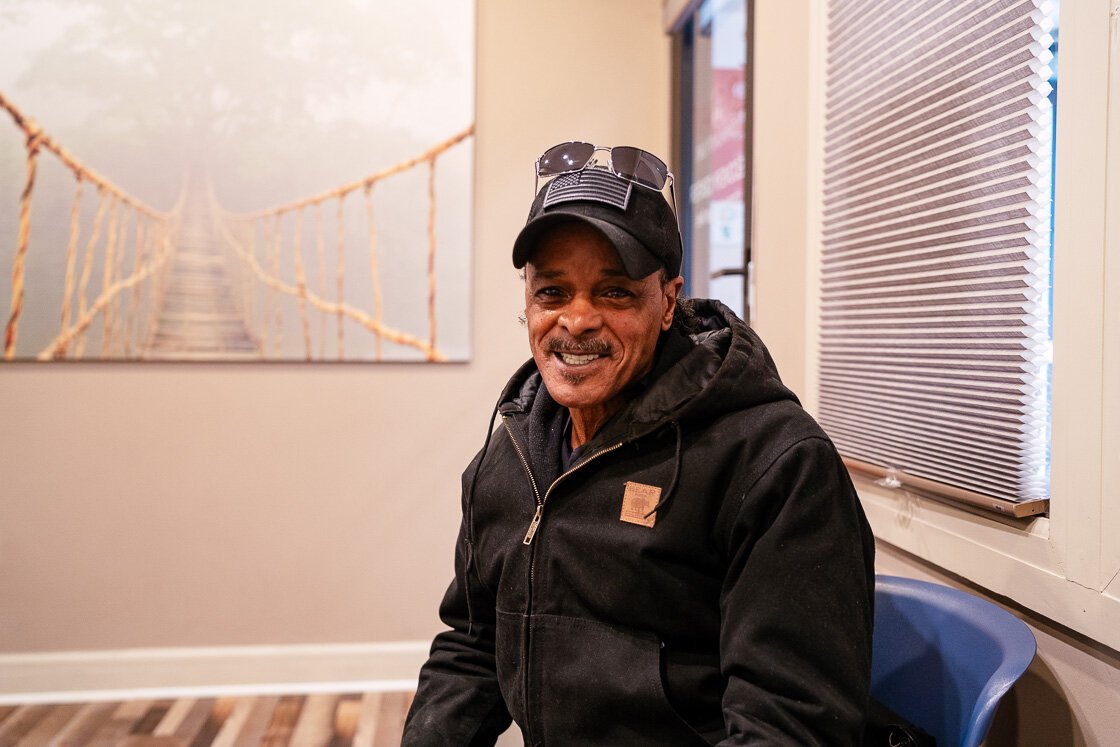
There was a goodness in that east-side Detroit childhood, though it was mixed up. Though when his father drank, he did so heavily, causing his son to promise himself he’d never mess with that.
And Burt's eldest brother, who had graduated from high school and worked in factories, found easier money selling dope, and offered his little brother his first taste of heroin at the age of 12 — or was it 11 — cracking a capsule open onto cardboard in the basement of a neighbor’s house.
Before long, Burt was racing from the front seat of his brother’s car to make quick transactions with strangers. He was hanging out drinking with a street gang near where his family lived on Algonquin Street. By 14, he’d graduated to doorman at his brother’s drug house, getting paid for his time with a blow or two.
In the 10th grade, Burt says, he was expelled from school. He enrolled in a youth trade program and graduated three years later as a licensed mechanic. But the substance culture had a grip on him. While he was at the trade school, he stole what he could, every chance he had, to pay for his dependence.
“I hate the way that drugs turn you into people that you don’t want to be,” he says. It made him feel like an animal.
For awhile, after graduation, Burt was able to live a normal life, or something like it. He was still doing drugs, but not every day. He got married briefly, and took a job at Ford Motor Company working a small press. But nine months in, he was injured on the job and had to have his right hand amputated. His marriage ended soon afterward.
"That's when I really started to come to pieces," he says. " I started back drinking and messing heavy with heroin. That's when my addictions really got bad."
Years later, a nightclub officer mistook the click of Burt's prosthetic hand for the trigger of a weapon, and shot him. These injuries put him on disability for the rest of his life. He drove a cab and had other small jobs, but without steady employment, without his hand, his depression and drug dependency grew. Whatever money he received in settlement, he squandered on his addictions.
Burt, now 66, went to treatment through the years: three months at one place, six months somewhere else. As soon as he'd get out, he'd find himself right back where he didn't want to be. "I'd want to quit," he says, "but then I wouldn't when I got back out on the streets." Whatever he achieved for himself — including once a two-year period of staying clean — he discarded by letting in the familiar.
“I was weak,” he says. “The old me would think, ‘you can mess with this, it’s not gonna hurt you.' But I don’t want to think like that anymore. I’m not going to risk those factors now.”
In the new program he’s in, he says they talk about cutting ties with old community when you’re trying to change your life. He’s also sure, after 50 years of heartache, whether it’s alcohol or heroin, “just one” is never that.
Opioid overdose deaths have seen a steady rise within the city of Detroit in recent years. From 2015 to 2017, the numbers more than doubled, according to the Detroit Health Department, going from 131 to 280 deaths.
These opioids include prescription drugs, illegal drugs like heroin and cocaine, and synthetics like fentanyl, an opioid 50 times stronger than heroin and up to 100 times more potent than morphine, according to the U.S. Centers for Disease Control and Prevention.
Detroit deaths from synthetic opioid overdoses, according to the same reports, have more than tripled from 63 to 223 deaths in the same two-year span. Nonpharmaceutical fentanyl is cut into street drugs for a cheaper and stronger high, and often without the user’s knowledge.
But, even with data, it’s hard to get an accurate picture of what the consequences of this epidemic have been for a community like Detroit, says Abdul El-Sayed, former health commissioner for the city and public health professor at Wayne State University.
“This is largely because folks aren’t looking, and also because the ways we use to measure in the first place are flawed and tend to have bias. The responsibility that is borne out in the local community to organizations like FQHCs, (Federally Qualified Health Centers) is really big and really important,” he says.
This nationwide epidemic that was originally focused on prescription drugs and low-income white communities, he says, is now greatly affecting urban communities and places where people of color are more likely to live.
“We’re starting to see a federal response that’s been largely effective against the first piece. But when you trace this epidemic, we haven’t always looked for it in communities like Detroit. We’ve got to be vigilant about what we’re missing,” he says.
An invitation for change
In recovery for 37 years, Janet Threatt knows about addiction and the struggle to stay clean. As the coach at Covenant’s outpatient Recovery Center in Southwest Detroit, she tells her story of heroin dependence, street activity, and prison time to patients and to those she meets in outreach.
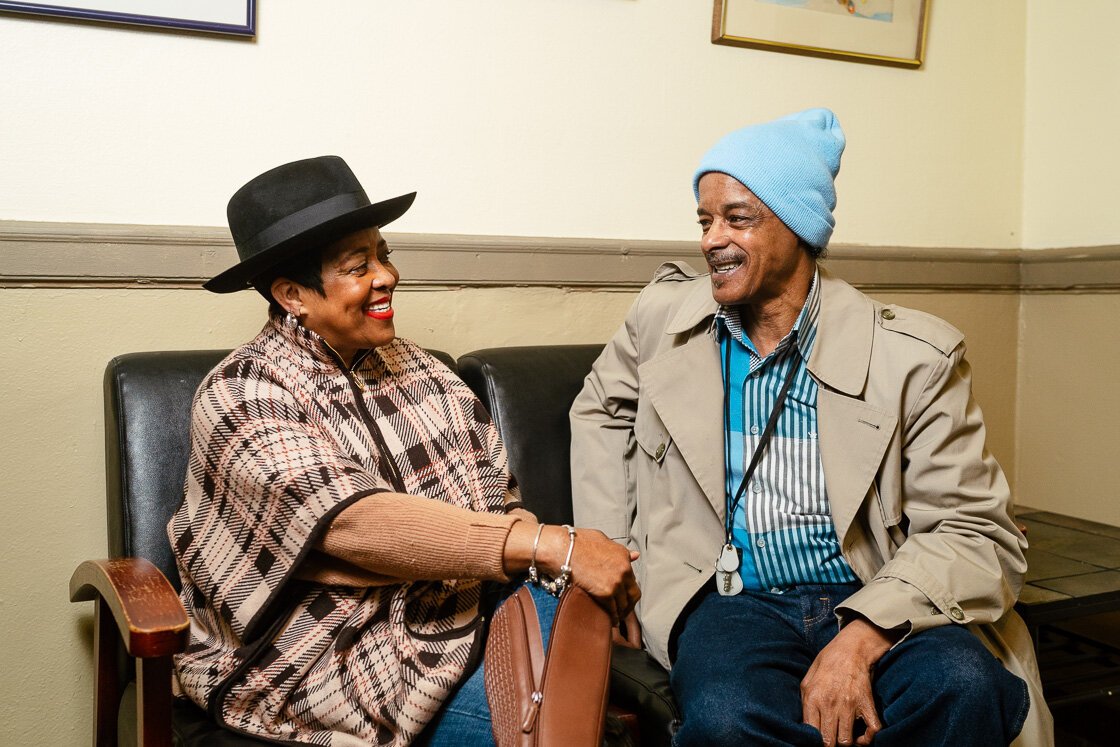
Getting clean is a process, Threatt says. Once patients realize that in the midst of using, they will still be supported, then, she says, trust is established. Patients can see the doctor at Covenant with an abscess or swollen hands from needle use or a bloody nose from snorting and not be made to feel ashamed.
Welcoming folks to access their program while learning to let go of substance, through community, support, and medical care, helps sustain patients’ recovery rather than perpetuating an in-and-out cycle.
Substance abuse is a chronic disease, but it's sometimes perceived as a "moral issue,” says Anna Licavoli, behavioral health director for Covenant.
"Like if you just prayed hard or went to church you could be free of this sinful nature," Licavoli says, adding, "it's a biochemical thing. So we've got to start treating it that way, not as a moral issue."
Thinking about drugs in moral terms, El-Sayed says, ignores the circumstances that drive drug use, “and the circumstances that we have not built out to prevent their use, and to treat people in their use.”
“We've got to stop judging people based on the diseases that afflict them,” he adds, “and start, as a society, treating them with a level of empathy and respect, and appreciation for just how hard this is.”
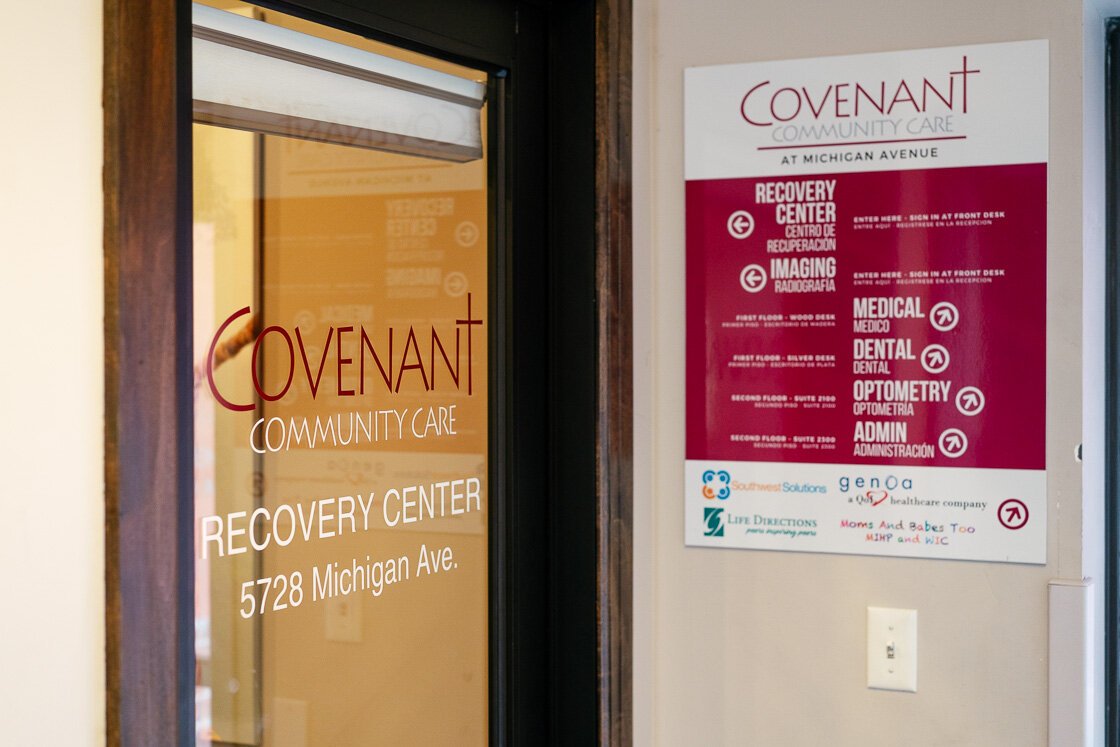
Integrated health clinics like Covenant aim to remove the stigmas associated with addiction and mental health by providing holistic health care at one location.
“If your primary care doctor is treating you for your diabetes, they can treat you for your alcohol use disorder as well,” Licavoli explains.
Residential substance use treatment (rehab) will always be an option for people, but, she says, over the last few years, there’s been a push, and funds made available to do treatment in a different way.
At the Recovery Center, patients like Burt can be prescribed a first-step medication such as Suboxone, one of the legal drugs that helps reduce and prevent addiction withdrawal symptoms, the biggest deterrent users have against getting clean, says Threatt.
Though medication-assisted treatment (MAT), a combination of medicine and behavioral counseling, is gaining traction through its evidence-based results, Threatt says many users still don’t know about the different harm-reduction drugs available and that option is a “game-changer.”
“They don’t have to be sick. When I used, there were no choices,” she says.
To "be sick," Burt says, means "your skin is crawling closer to your bones, you can’t sleep, you can’t make it to the bathroom. You feel your nerves throbbing up and down like a headache all over your body. They had me crawling on the floor one time, just screaming for help.”
Not all insurances will pay for the medication, Licavoli explains, and long before opioid prescriptions faced any type of regulation, there have been strict limits on how many scripts their program doctors can prescribe.
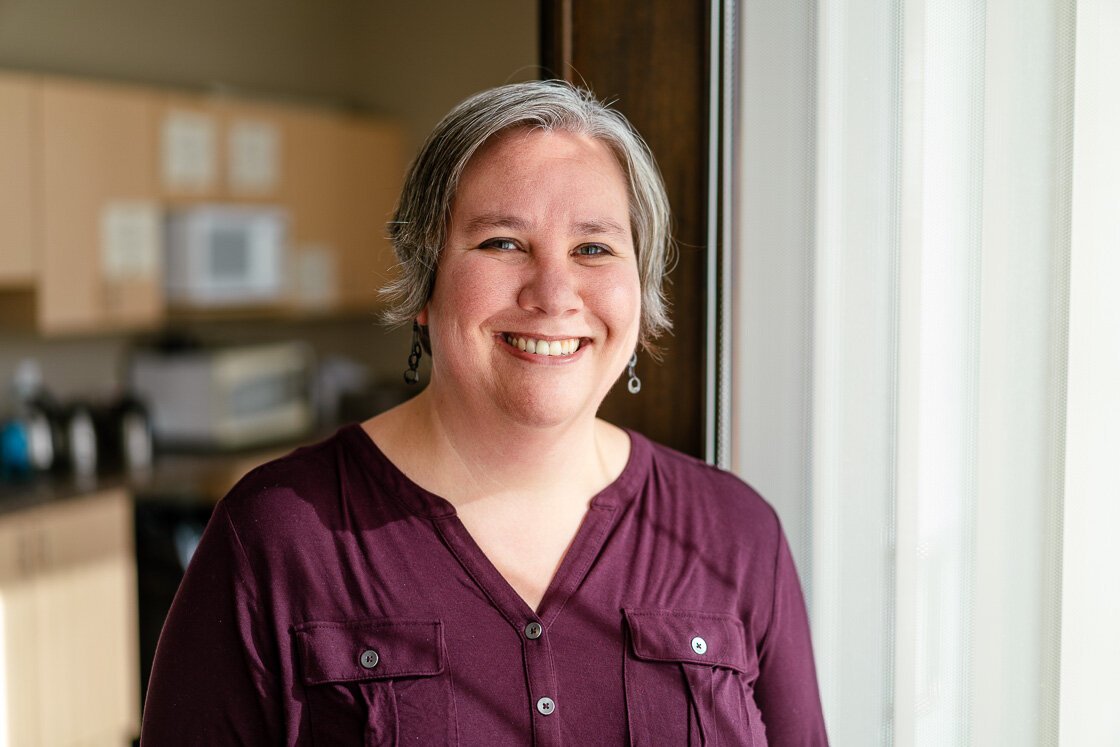
El-Sayed says MAT for opioid dependence is “first line” and needs to be available more broadly. “It’s the most effective treatment shown to reduce overdose.”
“The idea that we're trading one dependency for another just doesn't pan out,” he adds. “These medications don't carry the same overdose risk, and if we care about saving people's lives, we need to make a much bigger investment in them.”
Licavoli says abstinence is still the goal, and this is one model for people who have tried other methods unsuccessfully. It helps work on other aspects of their lives.
This, according to Covenant, is where relationship comes in. Threatt, who draws from her own experiences to identify with patients, helps them set goals toward getting clean, establishing primary care, finding housing, setting up a support system, even reconnecting with family.
The individual component is a strong piece in Covenant's approach which differs from traditional treatment plans. In addition to offering MAT, it works one-on-one with patients to create unique treatment strategies that have unlimited time frames. Its services address community barriers, including free Lyft transportation to any patient who needs help making appointments such as medical, counseling, or group therapy. Though the program is covered under Medicaid, which Covenant helps patients establish, transportation through the insurance, Licavoli says, is "unreliable" and "a hassle" patients shouldn't be stuck with.
Access is central to the health center's overall mission. The organization opened its first free clinic in 2003 to offer integrated affordable health care to those who need it most.
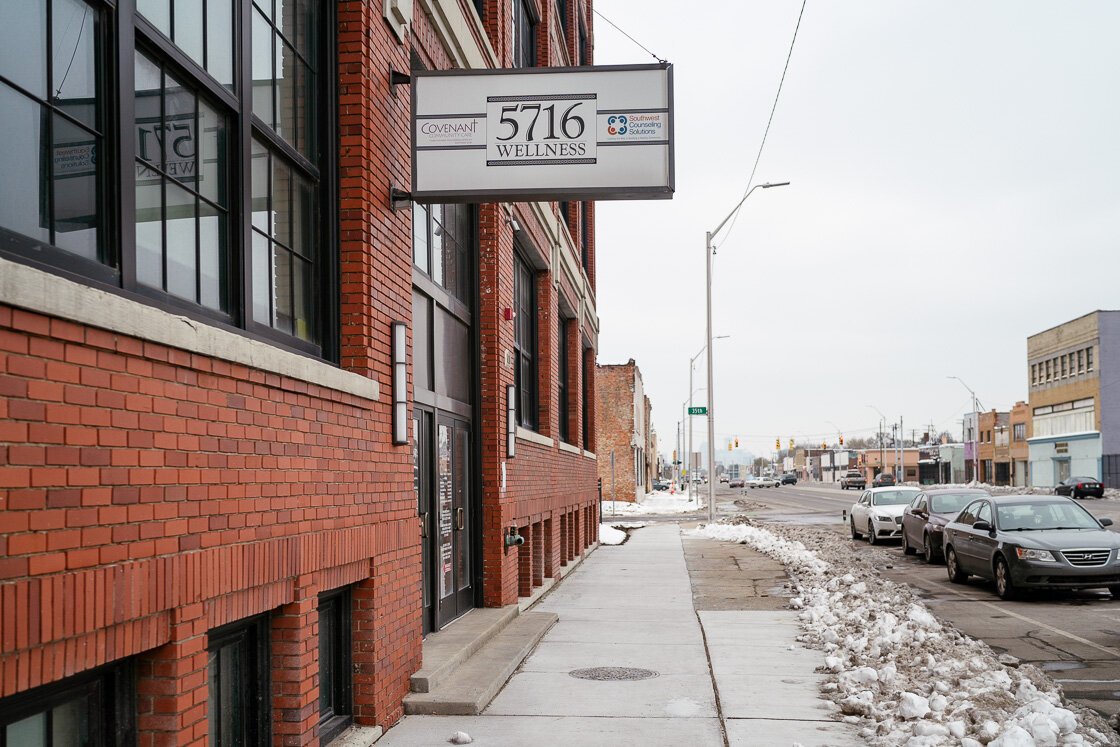
An FQHC since 2008, the nonprofit serves 20,000 patients a year at six health care sites across Detroit as well as Royal Oak and Westland. Two sites offer dental care — a rarity in low-income and free clinics — three have prenatal care, and all sites offer integrative mental health and substance abuse counseling.
In response to Detroit’s opioid crisis, Covenant opened its Recovery Center in 2017, dedicated to helping individuals break free from addiction, yet it operates with the understanding that there’s no one sure way to do that.
“Whatever sustains them,” Threatt says, “is what we’re interested in. (Narcotics Anonymous, Alcohol Anonymous, church involvement, etc.). And if we see that this is a good thing, then we help them stay there, move forward with life skills and try to do new things. When you’re clean, everything is new.”
Of the 75-100 patients currently enrolled in the program (150-200 have moved through over the last two years) most have been using for 30-plus years. Because substance has played such a powerful role in their lives, integrating into society brings serious challenges.
“It’s not enough to be clean," Threatt says. "Clean and what?”
The center hosts activities and field trips aimed at building community and reintroducing patients to the outside world. Small group meetings are held four days a week that concentrate on addiction education, relapse prevention, and life skills. Veterans of the group like Burt help lead discussion and share their experiences with newcomers.
“They’re able to see people that have made it, and are able to verbalize that it works, and that help them along in their journey,” Threatt says. “They come together, and now they have friendships that really work.”
Patients stay connected to the Recovery Center as long as they want. If they need to go to rehab, which some do, to break free of communities that support their habit, they can return, says Threatt. “We are always here for them, though they are not always there for themselves.”
It’s important to understand that recovery is not a 30- to 90-day thing, Licavoli says. It’s about having long-term relationships with people, and being able to walk with them on their journey.
The thumbs-up
Burt started to keep his eye out for Janet Threatt. He had begun praying that she’d come around to NOAH soon. His dealer didn’t have any dope this week, and he didn’t have any money to buy it if he did. He was getting sick.
She'd given him her card once, when he wouldn’t take her conversation. He’d carried it around with him for months, wondering if he might feel strong enough, or weak enough, to cash it in. He’d told her back then, when he’d wanted to brush her off, that if she saw him give a thumbs-up, it meant he was ready to talk.
On a Friday morning, in September of 2017, he made a decision. Then he dragged himself along Woodward Avenue to the Adams Street church. When Threatt and the street team walked in, he was waiting, his thumb high.
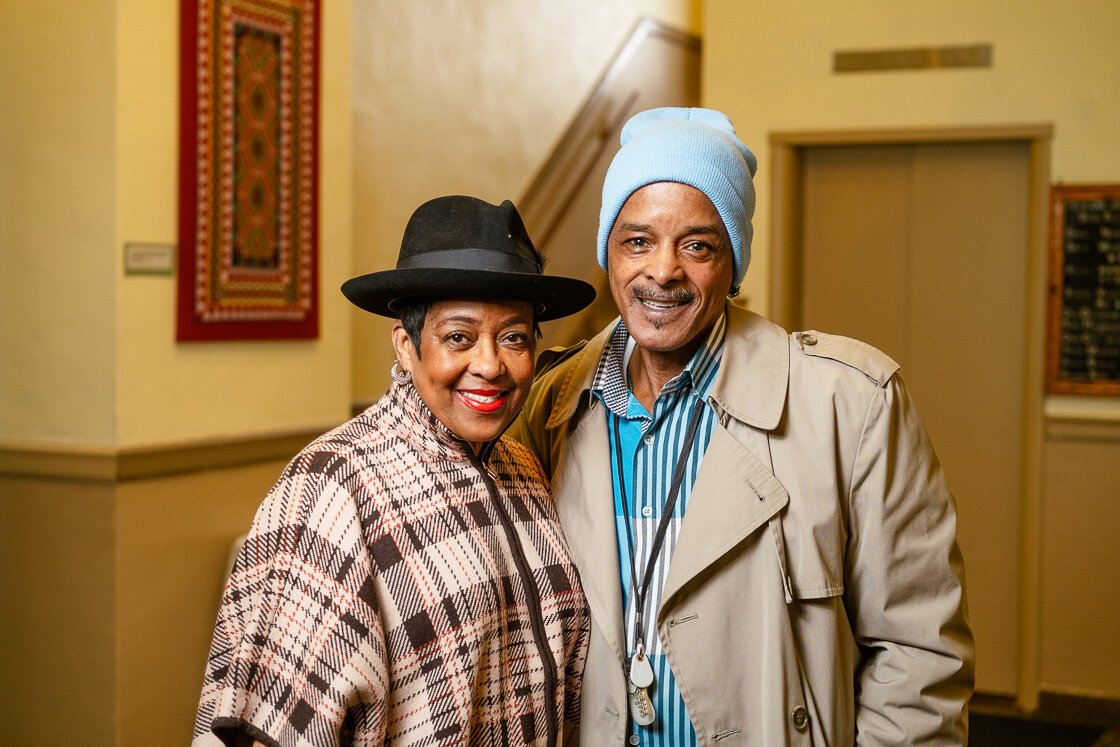
Burt was brought to the Recovery Center on Michigan Avenue. He attended a meeting, and saw the doctor, and got a prescription for Suboxone to relieve withdrawal pains. He walked with Licavoli next door to the pharmacy in Covenant’s health clinic.
Lean and wiry today, he says he was half his size then. He recalls the tightness of his skin, how his face sunk inward, how his feet shuffled. He remembers how he leaned his frail body into Licavoli’s for support.
Burt didn’t have the $8 copay that came with the script. He says she paid it from her pocket. When they walked back to the Center, he sunk down in a chair and followed her directions, putting the medicine under his tongue. He remembers how they sat together as his tears dried and his nose stopped running.
It wasn’t a perfect recovery. He spent a few months coming to the center, trying to mix in a street drug high while working the program. He says he’d been curious to see if he could hang on to the old life, just a bit. But when Licavoli, who regularly evaluated his condition, asked him if he truly wanted to continue, he decided, yes.
“I didn’t want to lose this chance, because this was gonna be my last chance for help.” To be honest, he says, the street stuff wasn’t doing anything for him now. When it came to that old life, the high was gone.
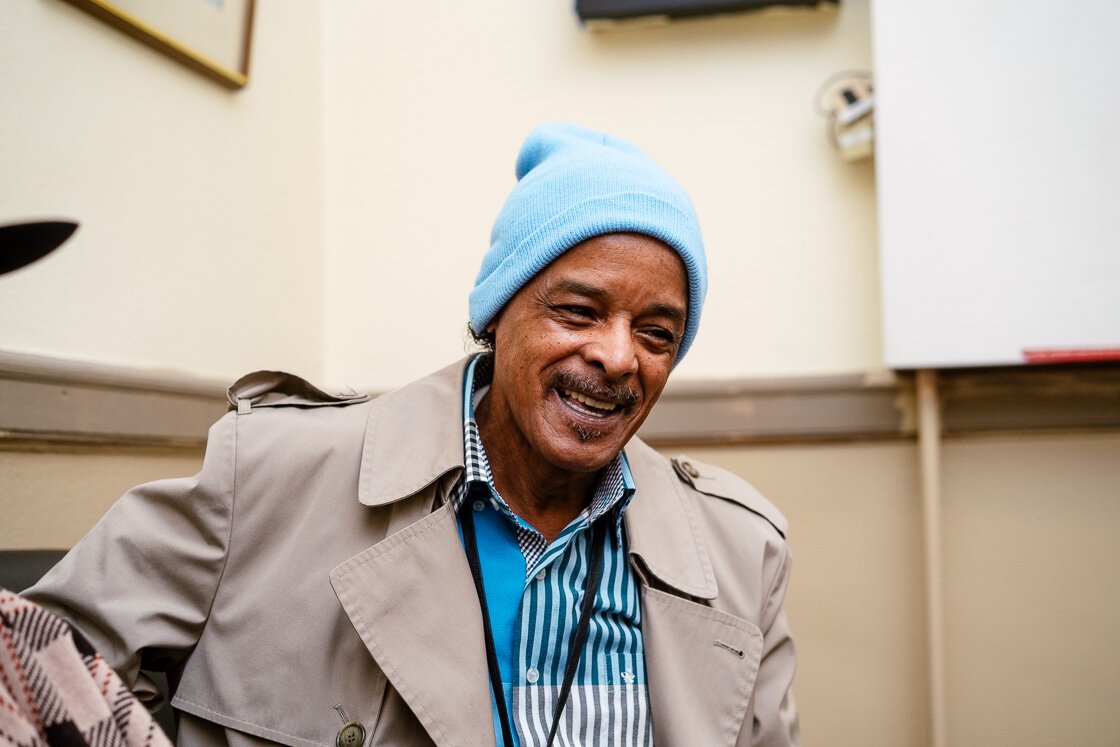
Ellis Burt has been clean for almost two years. He’s weaning off doses of medication, which help him sustain recovery, and he’s set a goal for when he’d like to be independent of that as well. He wears a one-year NA recovery chip around his neck daily, a symbol of how far he’s come.
At the NA meeting where Threatt brings a group each Thursday, Burt chairs his own table. They talk about the wide experiences of addiction. He's a regular contributor to Recovery Center small groups, a trustworthy voice in the room for new patients. He attends meetings there at least three days a week, joyfully bringing doughnuts for staff and patients.
“I want to try and give back and help other people struggling with addiction.” he says, “To reach out like (Covenant) reached out and saved my life."
Burt takes computer classes and practices on the laptop his sister bought him, while making plans to take his G.E.D. He keeps busy in his new apartment near Wayne State, one that Covenant staff wrote letters of recommendation to help him secure. He still likes to paint and draw, and he’s thinking about art classes. There’s a lot of time to make up for, he says.
He thought it was impossible that a person could feel good without a substance in their body, but he also remembers how happy he was as a child when his parents took care of him. When he didn’t have to have a cigarette or a beer, or pills to go to sleep and get up, when he didn’t have to smoke weed or do dope to feel content.
“That’s what makes me happy,” he says, “that I’ve captured what I thought I would never be able to get back. My childhood goodness and my childhood happiness is coming to me. I can feel it now, as an older man, and you know, I feel like a little boy.”
Disclosure: The author's father is a Covenant founding member and part-time employee who does work in the community and engages employees.
-

New approaches to large-scale green stormwater infrastructure investment build climate resilience -

Special Report: In Grand Junction, connecting creativity to all aspects of civic life
 Pathways Drug Rehabilitation Luxury Addiction Treatment & Detox Center
Pathways Drug Rehabilitation Luxury Addiction Treatment & Detox Center


